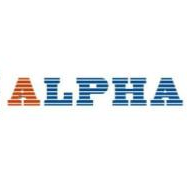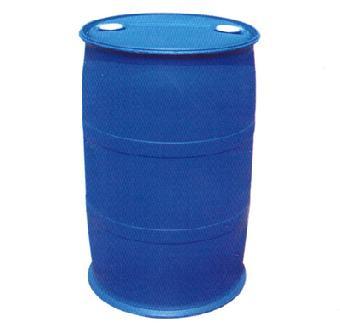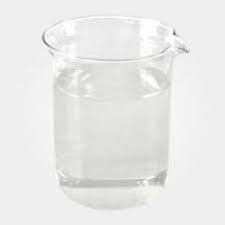Ethyl Oleate

Name:Ethyl Oleate
Other Name:Oleic Acid Ethyl Ester
M. F.:C20H38O2
M.W.:310.51
CAS No.:111-62-6
Package:5kg/drum, 20kg/drum, 180kg/drum
Quality Standard:CHP2020; EP9.0; USP40-NF35; BP2017; GB 29938-2013
Appearance:Colorless to pale yellow clear liquid.
Almost insoluble in water, miscible with ethanol, dichloride methane or petroleum ether. It can be miscible with isopropanol in any proportion.
Application:
*Used as a solvent, a transdermal absorption enhancer, a lubricant and a plasticizer in formulations.
*A suitable solvent for steroids and other lipophilic drugs. Its properties are similar to almond oil and peanut oil, and its viscosity is low, and it is easily absorbed by body tissues.
*Used as biodegradable microcapsules and microemulsions of cyclosporine implanted under the dermis.
* As the solvent of flavor oil, the carrier of essence fragrance in field of food additives.
Application | Examples |
Veterinary drug injection vehicle | Avermectin Injection |
Transdermal absorption enhancer | Compound Estradiol Patch |
Lubricant |
|
Incompatibility: It can dissolve some rubbers and swell them.
It can also react with oxidants.
Safety:This product has low toxicity but should not be taken orally, and has a slight tissue irritation.
Storage:Stored in a small, full-filled, light-tight sealed container and in a cool, dry place. If it is not full, it should be filled with nitrogen or other inert gas to replace the air to prevent the ethyl oleate from being oxidized. For long-term storage, antioxidants should be added.
Ethyl oleate is a fatty acid ester formed by the condensation of oleic acid and ethanol. It is a colorless to light yellow liquid. Ethyl oleate is produced by the body during ethanol intoxication.
Ethyl oleate is used as a solvent for pharmaceutical drug preparations involving lipophilic substances such as steroids. It also finds use as a lubricant and a plasticizer.
Ethyl oleate is regulated as a food additive by the Food and Drug Administration under "Food Additives Permitted for Direct Addition to Food for Human Consumption", 21CFR172.515.
Ethyl oleate has been identified as a primer pheromone in honeybees.
Ethyl oleate is one of the fatty acid ethyl esters (FAEE) that is formed in the body after ingestion of ethanol. There is a growing body of research literature that implicates FAEEs such as ethyl oleate as the toxic mediators of ethanol in the body (pancreas, liver, heart, and brain). Among the speculations is that ethyl oleate may be the toxic mediator of alcohol in fetal alcohol syndrome. The oral ingestion of ethyl oleate has been carefully studied and due to rapid degradation in the digestive tract it appears safe for oral ingestion. Ethyl oleate is not currently approved by the U.S. Food and Drug Administration for any injectable use. However, it is used by compounding pharmacies as a vehicle for intramuscular drug delivery, in some cases to prepare the daily doses of progesterone in support of pregnancy. Studies which document the safe use of ethyl oleate in pregnancy for both the mother and the fetus have never been performed.
IUPAC
ethyl (Z)-octadec-9-enoate
SMILES
CCCCCCCCC=CCCCCCCCC(=O)OCC






